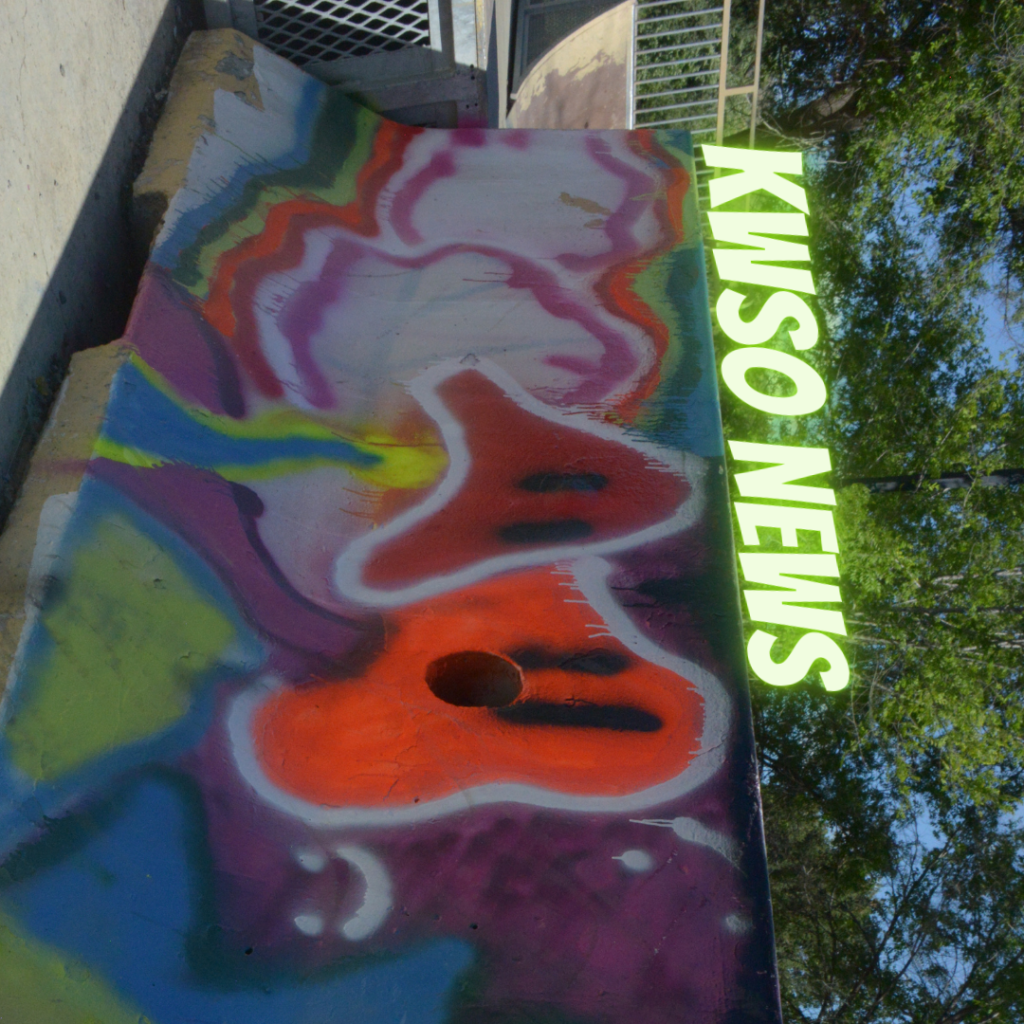Local News
KWSO News for Tue., Jul. 26, 2022
You may have noticed a few of the newer sidewalks in Warm Springs have been pushing up on hot days. Warm Springs Construction’s Mark Mann says that this is being seen across Central Oregon. He says “the cause is expansion of the concrete when the weather heats up. I am not sure why it is so prevalent these days as we did not see this 15 years ago and before. One theory is the use and type of reinforcing fibers that are currently used in most sidewalks.” Mann explains that when long expanses of concrete heat up in the hot summer days, the concrete expands and it has to find relief somewhere. “Once it heaves like this, it can’t just fall back into place once it cools down. Expansion joint material is typically installed at least every 200 feet, but it appears these days that is not enough. We install expansion joints at closer intervals on the work Warm Springs Construction is doing now.” The slightly upended sidewalks seem most affected when adjacent to the dip of a driveway approach.
With the recent heat wave hitting the Pacific Northwest, cooling shelters have been organized to help those in need of a place to escape the heat. In Warm Springs, a cooling shelter will be open weekdays at the Family Resource Center Conference room for whenever temperatures exceed 90 degrees, can range during the weekdays from 11am-8pm and on the weekends from noon until 8pm. Some of the rules are: No Pets are allowed, No alcohol, tobacco or drugs, No violence, verbal or physical is allowed and face masks are required. Some tips for keeping your home as cool as possible: keep curtains and blinds closed during the day, open windows during cooler evening hours, operate the clothes dryer and dishwasher at night and set your AC’s at 78 degrees, higher when you are away from home. Limit physical labor during the hottest part of the day by starting early. If you must work in the heat, monitor your health to avoid heat exhaustion.
After a two-year pandemic hiatus, a large cultural gathering returned to eastern Oregon this past weekend. KLCC’s Brian Bull reports on the 30th anniversary Tamkaliks [TAM-kah-lix] celebration. “Dozens of dancers dressed in feathers, beadwork, and porcupine quills marked each pow-wow’s grand entry. Regional drum groups played as well, with a procession of Appaloosa horses circling the gathering for other events. The Tamkaliks gathering is for descendants of the Wallowa Band of Nez Perce who were forced off their lands in 1877 and pursued by the U.S. Army before surrendering just shy of the Canadian border. Bobbie Conner is one of the event organizers. Bobbie Conner: “We believe the land hears our prayers. Feels our footsteps on the earth. And the land is happy to welcome us back. But we also believe that there is a light in the earth, that lights up when we bring ceremony to the landscape. And it lights up our hearts when we gather to celebrate this magnificent country that we come from.” Another event commemorated Native children who went missing during the boarding school era. One cause for celebration this year besides renewing Tamkaliks, is the Nez Perce Tribe’s recent acquisition of 148 acres that originally formed an ancestral village in the town of Joseph. I’m Brian Bull reporting in Wallowa, Oregon.”
Lamprey have been around for more than 450 million years before dinosaurs roamed the earth. The eel-like fish survived ice ages and heatwaves. But, now lamprey need help, especially as they swim past the Northwest’s large dams to the ocean. Correspondent Courtney Flatt followed along with scientists studying lamprey on the Snake River. “Young lamprey spend up to seven years in a river before they’re ready to swim to the ocean. And just how they swim past concrete dams is still a bit of a mystery to scientists. But, that could soon change with the innovation of tiny batteries that will allow scientists to track the young, toothy fish as they migrate downstream. Not only are Pacific lamprey culturally important to Northwest tribes, they also are imperiled. Kate Deters is an earth scientist with Pacific Northwest National Laboratory. Deters says in this study, scientists will be able to tag juvenile lamprey because the new tags are so small. Deters: “In the past, the tags just haven’t been small enough to tag in these very small fish.” Scientists implant the acoustic tags, roughly the size of a long grain of rice, into the tiny lamprey, which are about the width of a pencil and up to four inches long. Deters: “Every once in a while, I’ll get one that just decides to suck onto my finger, and it’s kinda cute.” Deters makes an incision with a sterilized surgical blade about a finger’s width above the lamprey’s gills. Then, she places the acoustic tag into the lamprey’s body cavity. This tag will provide gobs of information about where each fish passes through the dams, whether through the spillway, bypass systems or turbines. Information from this 1-point-1 million dollar study will help the U.S. Army Corps of Engineers improve lamprey passage if possible. The Army Corps plans to fund this project up to four more years.”
The Biden administration wants the government to plant more than a billion trees across millions of acres of burned and dead woodlands as officials struggle to counter climate change’s increasing toll on the nation’s forests. As the globe heats up, some wildfires are so severe that forests can’t quickly regrow on their own. That is outpacing the government’s replanting capacity and has helped create a backlog of 4.1 million acres in need of restoration. U.S. Agriculture Secretary Tom Vilsack announced a plan Monday to quadruple the number of tree seedlings produced by nurseries and work through the backlog over 10 years.
KWSO Weather for Central Oregon:
- Sunny and Hot today with a high near 108 degrees
- Tonight, Mostly clear with a low around 68
- Sunny and hot tomorrow with a high near 109 degrees
For those who prefer to listen to KWSO News, Press Play Below:

